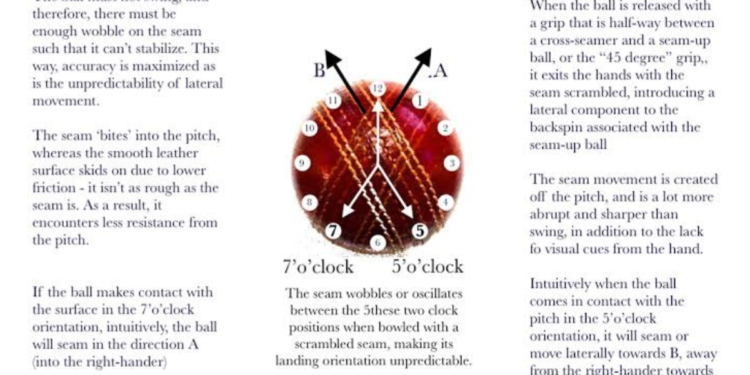Definition of Overs
Overs in cricket refer to a set number of consecutive balls bowled by a single bowler from one end of the pitch to the batsman at the other end. One over typically consists of six deliveries, although variations exist in different formats of the game. Overs play a crucial role in determining the progression and strategy of a cricket match, as they limit the number of legitimate deliveries bowled by each player and contribute to the overall structure and pace of the game.
Each over is an essential unit of measurement in cricket, providing a clear framework for tracking the progress of a match. By breaking down the game into manageable segments, overs help teams strategize and adapt their gameplay according to the evolving conditions on the pitch. Additionally, overs also influence the scoring dynamics, as batsmen aim to maximize their runs within the limitations of each over while bowlers strive to contain and dismiss the opposition within the allotted deliveries.
Importance of Overs in Cricket
Overs play a pivotal role in the game of cricket, serving as a unit of measurement for the bowlers’ deliveries. Each over consists of a set number of legal balls that a bowler can deliver consecutively. The importance of overs lies in their ability to structure the game, providing a fair and regulated format for both teams to compete within.
Furthermore, overs contribute significantly to the strategic aspect of cricket, with teams strategically managing their overs to control the game’s tempo. By carefully allocating their bowlers and overs, teams can apply pressure on the opposition, building momentum and creating opportunities to claim crucial wickets. This strategic utilization of overs can often be the decider in tightly contested matches, showcasing the significant impact overs have on the outcome of a cricket game.
How Overs are calculated in a cricket match
The calculation of overs in a cricket match is a fundamental aspect that dictates the flow and timing of the game. In cricket, an over typically consists of six legal deliveries bowled by a single bowler from one end of the pitch to the batsman at the other end. This sequence of six balls forms one complete over, which is crucial in regulating the pace and duration of the match.
To determine the total number of overs in a match, the format of the game is taken into account. In limited-overs matches such as One Day Internationals (ODIs) and Twenty20 (T20) games, the number of overs per innings is predetermined. For instance, an ODI consists of 50 overs per side, while a T20 match involves 20 overs per team. In Test matches, the number of overs is not fixed per inning, and each team continues to bat until either all wickets are taken or a predetermined timeframe is completed.
Different types of overs in cricket
An over in cricket is a set of six balls bowled consecutively by a single bowler from one end of the pitch to the batsman at the other end. Several types of overs exist within the realm of cricket, each serving a unique purpose in the game’s structure and strategy. The most common type is the regular over, where six legal balls are bowled before switching to the next bowler. Additionally, there are powerplay overs, where fielding restrictions are in place, typically limiting the number of fielders allowed outside the inner circle.
Another prominent type of over is the maiden over, which refers to an over where the batsman does not score any runs off the bowler. Maiden overs are valuable for the bowling team as they can build pressure on the batting side, leading to wickets falling more frequently. Finally, the death overs are the final overs of an innings, often considered crucial for both batting and bowling teams. These overs can have a significant impact on the outcome of the match, making them highly intense and strategic phases of play in cricket.
Significance of overs in determining the outcome of a cricket match
Overs play a crucial role in shaping the outcome of a cricket match. The number of overs bowled by each team not only determines the duration of the game but also influences the strategies employed by the players. With limited overs in hand, teams are required to balance between scoring runs and preserving wickets, making each delivery a critical element in the game.
Moreover, the allocation of overs can impact the momentum of the match significantly. A well-utilized set of overs can see a team building a strong foundation, setting up a challenging target or restrict the opponent’s scoring rate effectively. Conversely, a poor execution of overs can result in a team falling short of a competitive total or struggling to contain the opposition’s batsmen. Thus, overs are not just a measure of time but a tactical tool that can determine the final outcome of a cricket match.























